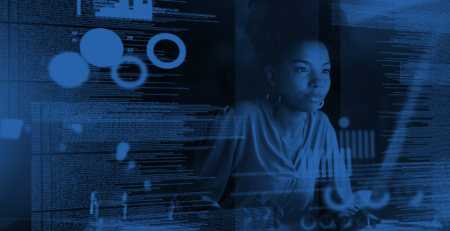Criminal Activity Exposed on Social Media
When #nofilter isn’t a good thing…
Successful criminal investigations require access to relevant information. Analysts and investigators need to know, among other things, what a suspect does, where they’ve been, and who they know. With these pieces of information, they can develop a picture of an individual’s personal and professional networks. A few decades ago, this required a massive amount of in-person time and effort to establish, but today, investigators are discovering that a great deal of that work is being done for them.
Criminals, either unintentionally or purposefully, are giving law enforcement much of the information they need to connect suspects to their crimes through seemingly innocuous posts on platforms like Facebook, Twitter, and Instagram.
According to paperwork filed with the district court of western Washington in October of 2018, Facebook profiles of suspects under investigation are being actively monitored by some law enforcement entities. The Washington-based case included at least two instances in which investigators presented evidence found not only on the profiles of the suspects, but also on profiles of friends the suspects were connected to, in order to tie them to drug trafficking charges.
One instance referenced a “like” of a post on a friend’s profile that proved a suspect who had fled to Mexico was still active on the platform. The investigators could see the “like” on the friend’s public profile, even though the suspect’s profile was set to private. The other instance involved a video posted to the public profile of another suspect. In the video, the suspect verbally addresses the police he assumes are surveilling him and points to a vehicle he believes is involved in law enforcement activities. It isn’t clear whether the suspect was aware that law enforcement could see his Facebook posts, but the intentional reference to an ongoing investigation was not lost on the investigators.
Finding Online Evidence: Investigators and Social Media
If the profiles of these targets are set to public, investigators can review pictures, videos, and messages that have been posted to verify a suspect’s location, the time that the content was posted, and see other users that might have been present at the time of the post if they’ve been tagged. They can monitor interactions with the post, see comments left by friends, and look for responses to comments from the original poster. On Facebook, Twitter, and Instagram, users can “check in” at their current location or include it as part of a post, giving investigators an exact location with a precise timestamp to reference.
Aside from direct posts made by users, investigators can review friends lists to see if suspects are connected to any other individuals of importance to their cases. The platforms have indicated that they are willing to cooperate with requests from law enforcement entities who seek more detailed technical information associated with a user’s interactions on these services. In the Washington case, investigators requested the suspects’ Facebook “photoprints” and “neoprints” in order to forensically match materials like photos posted to their profiles.
Social media platforms have proven very useful in helping investigators create a timeline with which they can compare evidence. By monitoring public profiles of suspects, and individuals within their networks, vital evidence can be obtained.









